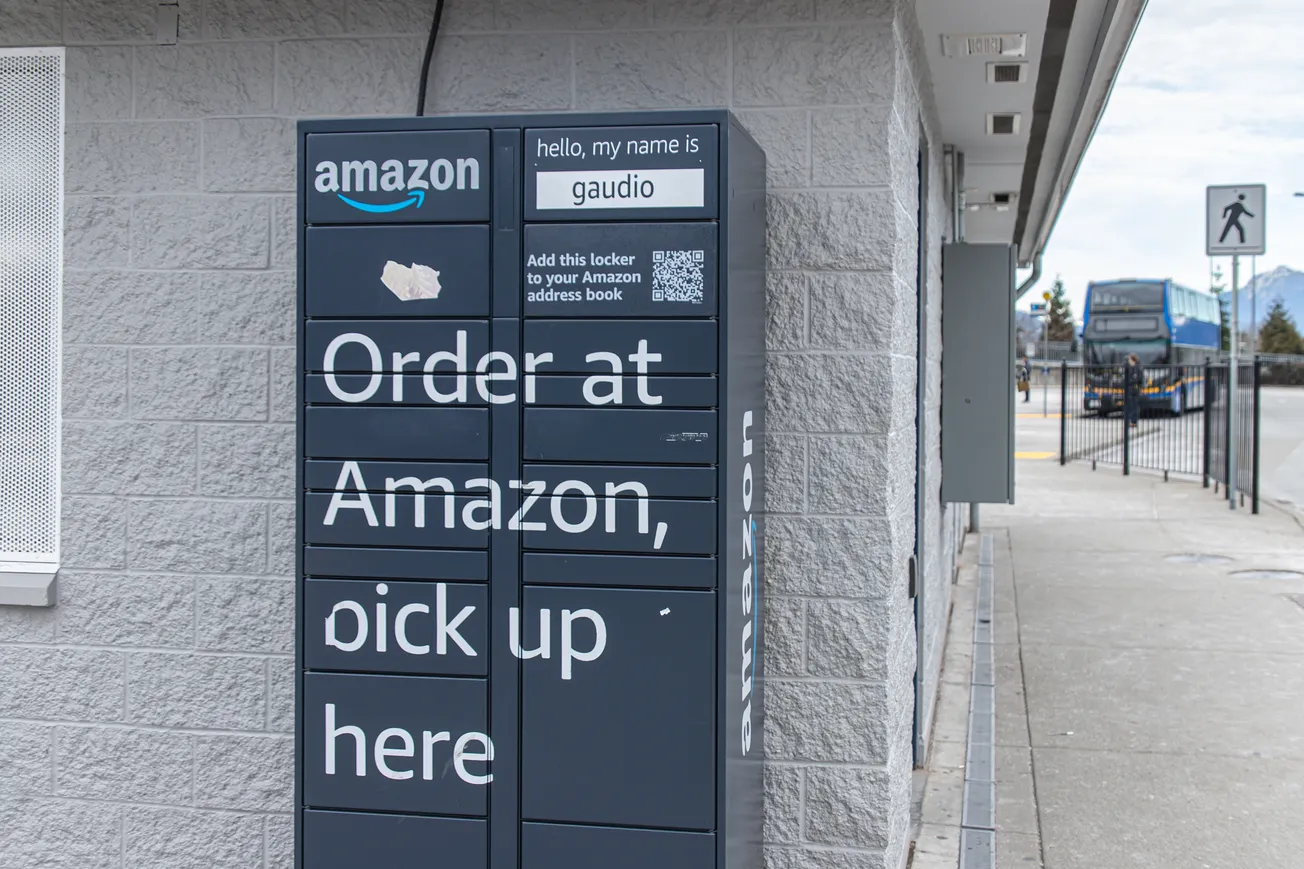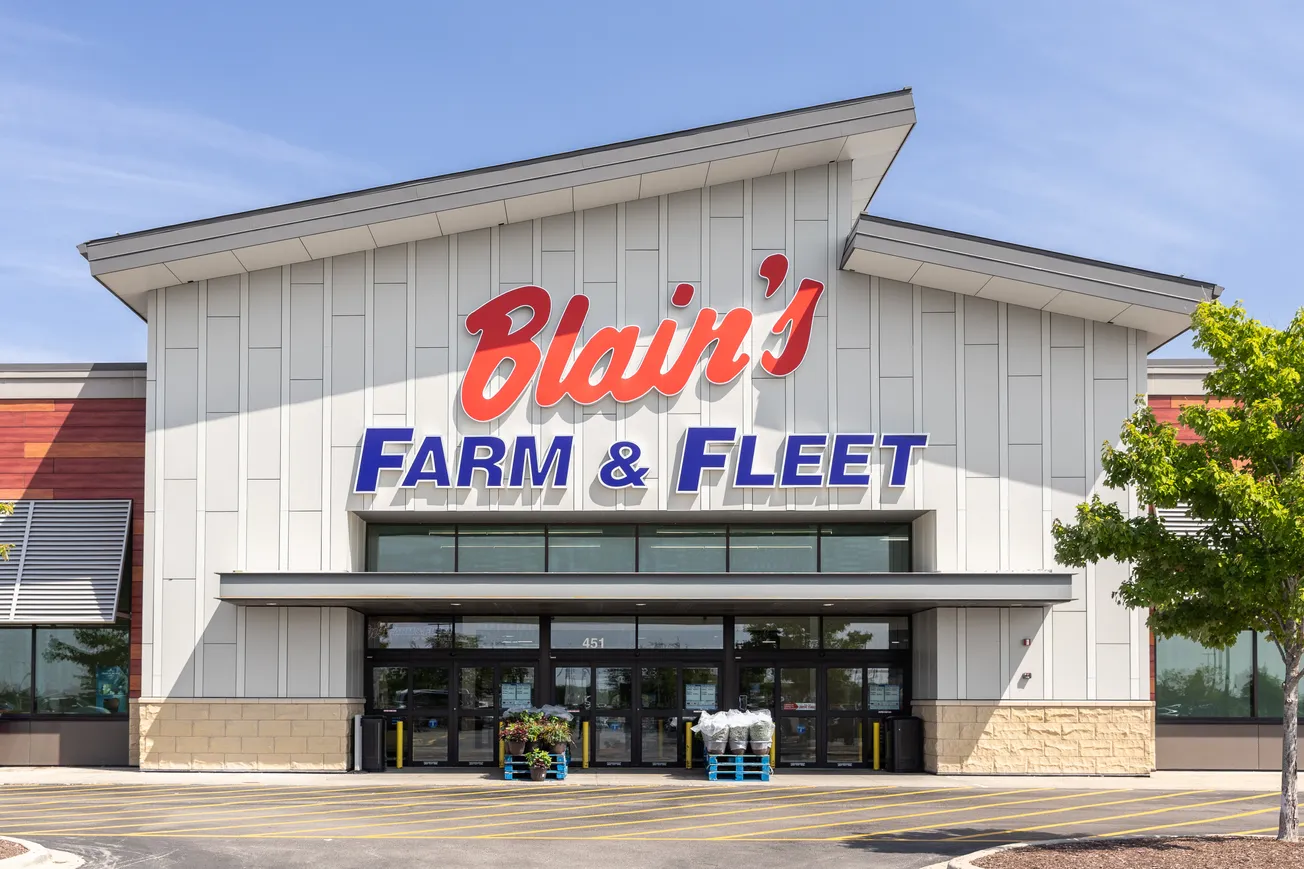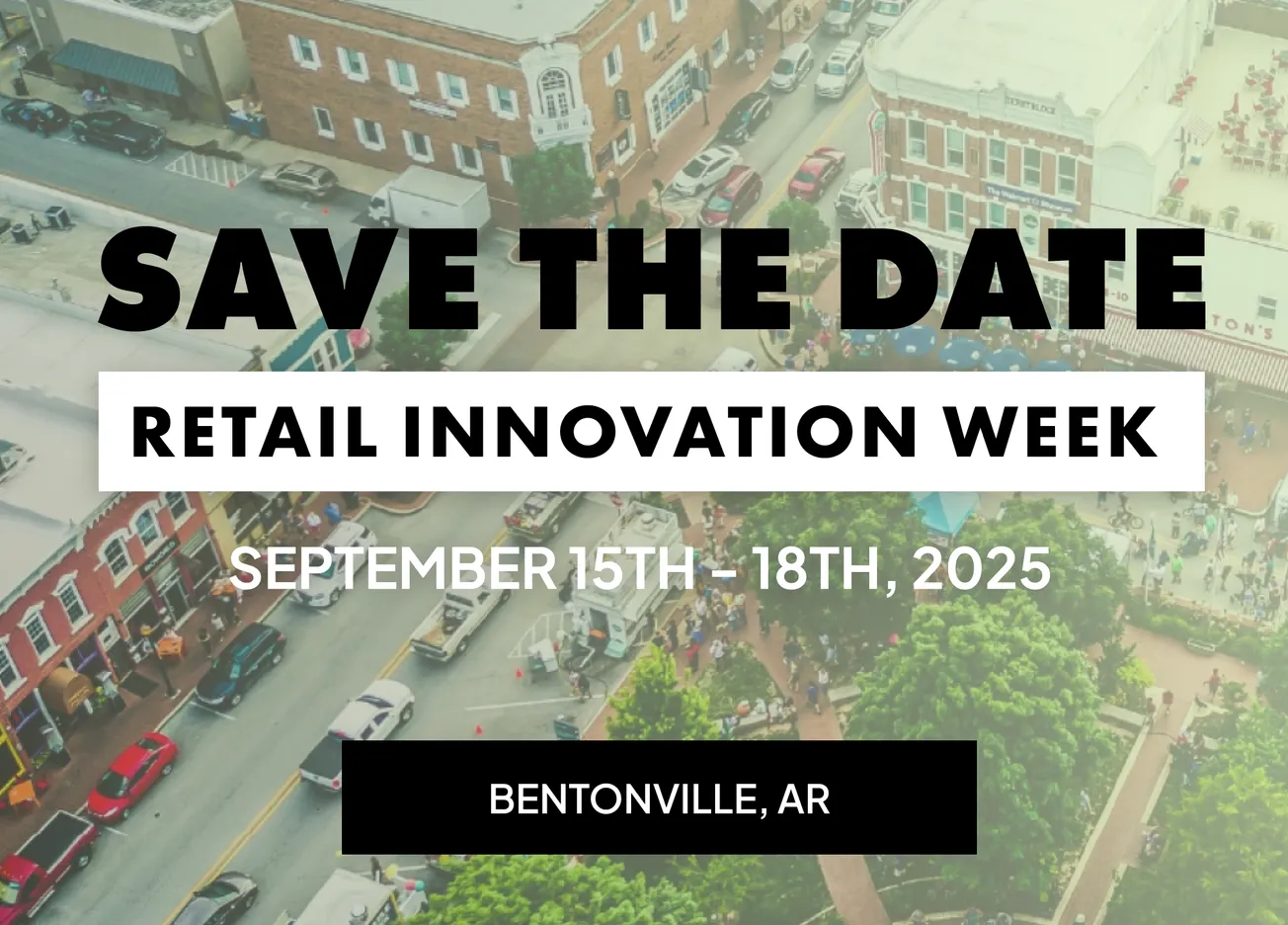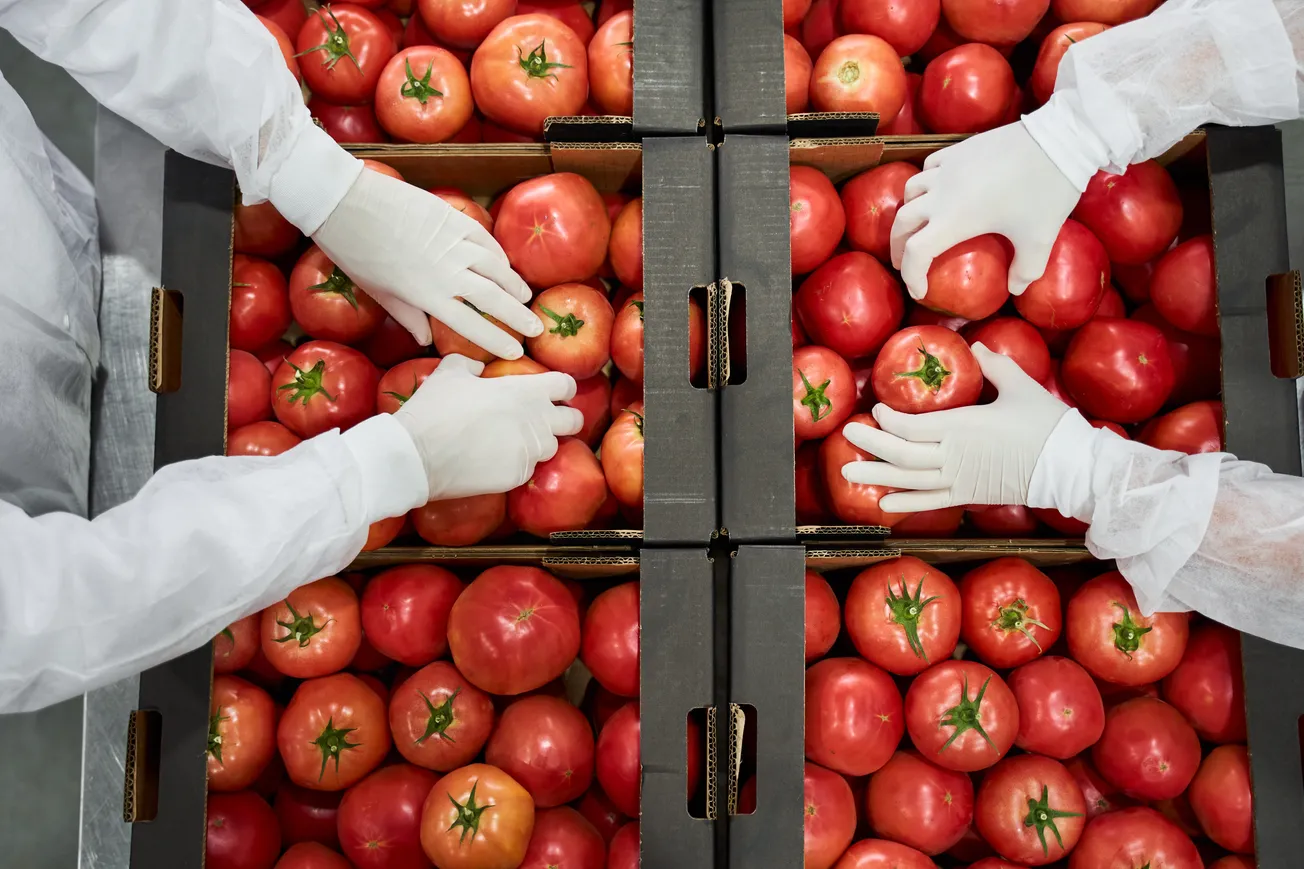The rise of locker-based delivery systems is reshaping both the retail and logistics sectors in profound ways, propelled by the explosive growth of e-commerce and shifting consumer expectations.
As customers demand faster, more secure, and more flexible delivery options, retailers and logistics providers are increasingly turning to unattended delivery solutions like smart lockers. These systems serve as centralized pickup points that reduce missed deliveries, alleviate the risks of package theft, and offer customers the ability to retrieve their orders on their own schedules.
In the United States, this shift has been spearheaded by major players like Amazon, which has rolled out an extensive locker network spanning grocery chains, apartment complexes, convenience stores, and Whole Foods locations. With more than 40,000 lockers nationwide, Amazon has made it possible for customers to bypass traditional doorstep delivery and pick up items at a time and place that suits them best.
This strategy not only reduces last-mile delivery costs—Amazon spent nearly $90 billion on shipping in 2023—but also improves operational efficiency during peak demand periods, such as Prime Day and the holiday season.
Other U.S. retailers have followed suit. Walmart, for example, implemented "Pickup Towers" in its stores, allowing customers to collect online purchases without needing in-person assistance. These automated towers, developed by Estonian firm Cleveron, serve as high-tech vending machines for retail orders, streamlining in-store pickup processes.
Parcel Pending, another major U.S. player, has deployed tens of thousands of smart lockers at universities, office buildings, apartment complexes, and retail sites. These lockers have become especially valuable in the post-pandemic era, where contactless delivery has evolved from a luxury into an expectation.
Internationally, companies like InPost have transformed the locker landscape, particularly in Europe. The Poland-based firm recently acquired UK parcel carrier Yodel for £106 million, a move aimed at integrating its automated lockers with traditional home delivery services under a single brand.
InPost’s network includes thousands of drop-off and pickup locations across the UK and Europe, making it a go-to logistics provider for e-commerce retailers eager to optimize last-mile delivery.
Despite their success, these locker systems are not one-size-fits-all. One significant limitation arises when the products involved are perishable, temperature-sensitive, or time-critical.
Unlike books, electronics, or apparel, which can remain in ambient conditions indefinitely, items like groceries, pharmaceuticals, and flowers demand a far more specialized delivery infrastructure. Traditional smart lockers, which operate without temperature controls, simply cannot meet the requirements of frozen foods or fresh produce.
This challenge has led to a new wave of technological innovation: refrigerated and climate-controlled smart lockers.
In the U.S., Walmart has piloted temperature-regulated lockers in select locations to support its growing online grocery business. These lockers are divided into ambient, chilled, and frozen compartments, ensuring that everything from pantry staples to ice cream stays fresh until picked up. Kroger has also experimented with similar systems, placing refrigerated lockers at store entrances or standalone kiosks to support its click-and-collect offerings.
Globally, countries such as China and Estonia are ahead of the curve in deploying climate-controlled locker systems.
In China, Alibaba’s Hema supermarket chain installs refrigerated lockers in residential communities, enabling 30-minute delivery windows for seafood, dairy, and vegetables.
In Europe, companies like StrongPoint and SuperSmart offer modular locker systems tailored to urban centers and transit hubs, addressing the growing need for reliable cold-chain solutions in densely populated environments.
However, implementing refrigerated lockers at scale remains a costly endeavor. The infrastructure requires constant power, real-time monitoring, and rigorous maintenance, making it a more expensive and technically demanding solution than standard ambient lockers.
Moreover, the time sensitivity of perishable goods limits the retrieval window, demanding tighter coordination between delivery and pickup than is typically necessary for non-perishable items. These operational challenges must be weighed against the convenience that locker-based systems are designed to provide.
Companies like Apex Supply Chain Technologies and Bell and Howell are working to overcome these barriers with next-generation smart locker platforms that feature IoT integration, AI-powered analytics, and cloud-based management systems. These lockers are already being used in pharmacy and food retail settings, where secure handling of temperature-sensitive items is crucial.
Innovations in sustainability—such as solar-powered units and eco-friendly materials—also promise to reduce the environmental footprint of these advanced systems, potentially accelerating their adoption in the coming years.
Ultimately, locker-based delivery systems have carved out a pivotal role in the future of logistics. They offer a compelling solution to the last-mile delivery dilemma, particularly in urban areas where congestion, theft, and consumer scheduling conflicts are prevalent.
While ambient lockers are now mainstream for general merchandise, the gradual expansion into refrigerated and perishable-friendly locker systems reveals a maturing ecosystem poised to address a broader range of product categories.
As retailers continue to innovate and consumers grow more accustomed to self-service and contactless options, locker-based deliveries—whether for electronics or frozen dinners—are likely to become a staple in the global shopping experience.








